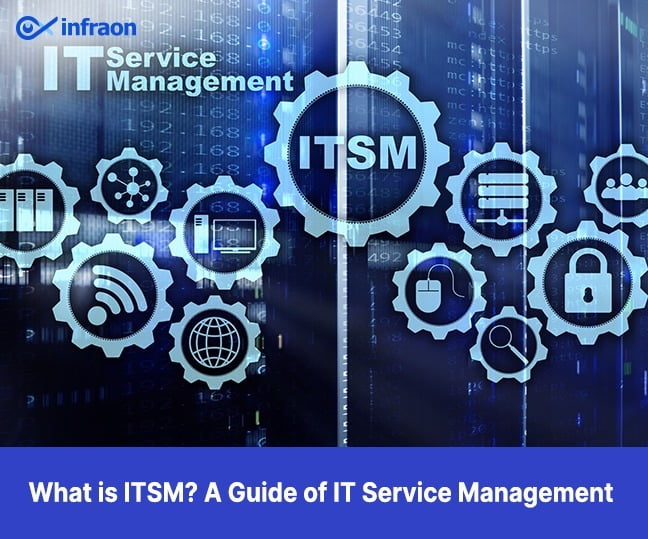What is a service catalog?
A service catalog is a detailed description of the IT services that a company provides to its customers. It shows how services, assets, and business results are linked. It also displays the need for a service and how the service provider will meet that need. It contains.
- Details about the service provided.
- Categorized list of all services.
- List of auxiliary services.
- Service level agreements and deadlines for the services provided.
- Connections and escalation points (owner and representative).
- Cost of the service.
Benefits of Service Catalog
Increased user satisfaction
SDM (Service delivery management) will be more refined and enhance user satisfaction. It will be easier for customers to find the offers and make their requests if we provide a list of all services. They will also be able to get all the additional information they need to use the services.
Cost reduction
A good catalog allows users to process requests faster and more efficiently. It also allows IT’s most skilled staff to focus on the tasks that add the most value to the business. There is a reduction in the total cost of ownership, allowing your team to manage the resources effectively.
Better control
The ultimate goal of any IT department is to have complete control over the business. When a catalog and the requirements management process are combined, the entire process (delivery requirement) can be tracked, with all intermediate steps recorded and documented.
Self-service
Moving service and support “to level 0” is more cost-effective, which often speeds up problem resolution. Establish a self-service feature that allows business users to self-report issues and track their progress. A catalog dramatically improves user self-servicing capabilities by outlining the specifics of users’ requests (type, price, delivery, entitlements, etc.).

Types of Service Catalogs
The catalog contains only currently offered and active services; it does not consist of services that have been discontinued or are in the planning phase. All changes to the service catalog for the service portfolio or the services that make up the portfolio must be subject to change management.
Due to relationships and connections between things recorded in the catalog, information from one view may occasionally be accessible from another. The service catalog has two views.
The Business/Customer Service Catalog View
The business service or customer view is what end users see when they submit a service request through the catalog. It is comparable to a store where patrons can browse services, purchase products, and get assistance from the IT service desk.
The Technical/Supporting Service Catalog View
The internal perspective for IT resources is the technical view that the technical, security, and process information offers. It includes crucial technical information, workflows, and validation processes for the service provider.
Scope of Service Catalog Management
The scope of the service management process is to keep up-to-date records of all services that have been or are moving into the live set right now. The services in this catalog are available for one-time orders, recurring orders, and service packages that may include some or all.
The scope of catalog management is to provide and keep reliable data on all services being migrated to a live environment or having already made the switch. The administration of catalogs includes:
Development and maintenance
Create and update descriptions of services and service packages appropriate for the service.
Production and maintenance
Create and maintain accurate linkages, dependencies, and consistency between the overall service portfolio and the service catalog.
Interfaces and dependencies
Interfaces and dependencies between CMS and all services and ancillary services in the service catalog. All connections and dependencies between services and supporting elements and configuration items (CIs) in the CMS.
Purpose and Objectives of Service Catalog Management
The service catalog aims to provide and maintain a single source of relevant information on all services currently used and created for structural operations. The one with access rights can access all operational and maintenance services thanks to the designed process. The service catalog management process has the following goals:
- Organize the data in the service catalog.
- Ensure that the service catalog is relevant and appropriately describes all services currently operating in the live environment or configured for this purpose by the prescribed criteria, including their data, status, connections, and dependencies.
- Ensure that the service catalog is accessible to individuals who have permission to read it in a fashion that enables them to utilize the contained information.
- Ensure that the interface and dependency data in the catalog satisfy the evolving requirements of all other ITIL service catalog management processes.
All decision-makers must communicate with the service portfolio management and decide on and record a specification and explanation of each service to reach an understanding of the features of the service portfolio and service catalog.
Why do you need a service catalog?
The IT department needs a framework for efficiently managing what enters the environment. The IT service catalog provides a thorough list of all the services that are now accessible. Users must be aware of the IT services available to them, and the finance team must be able to manage technology costs effectively.
They are the link between your business and the IT services that your firm offers, either directly or indirectly, through third parties. The organization uses two essential records to maintain track of its assets: the provisioning records (also known as the service installed base) and the IT service catalog. The configuration management database (CMDB) contains data about your assets. Operations teams can use the combined information to assess the effects of an incident or problem, and executives can use it to decide what services to offer in the future.
Conclusion
The ITIL best practices recommendations for IT service management included the introduction of the IT service catalog.
Businesses depend on the digital solutions offered by IT to run their operations. This article includes information about service catalog management as part of ITIL 4, including its scope, advantages, requirements, goals, and aims. An IT department needs a strong connection with end users. Information technology is no longer just a place for workers; it is now a vital component of every company’s effort to produce outstanding financial results.
The company must develop an open, user-friendly, and future-proof ITIL service catalog to reap the maximum benefit.
As a result, service catalog management aids in managing all the data that is present there. It guarantees that the data is correct and up to date and delivers consistent information on all the services.



















